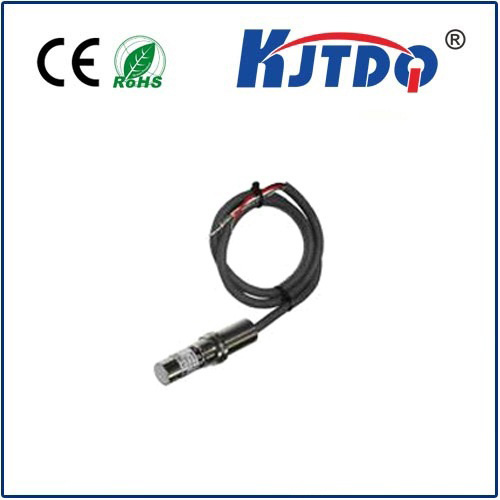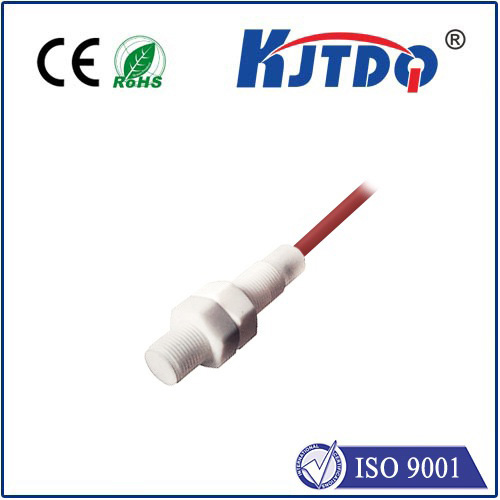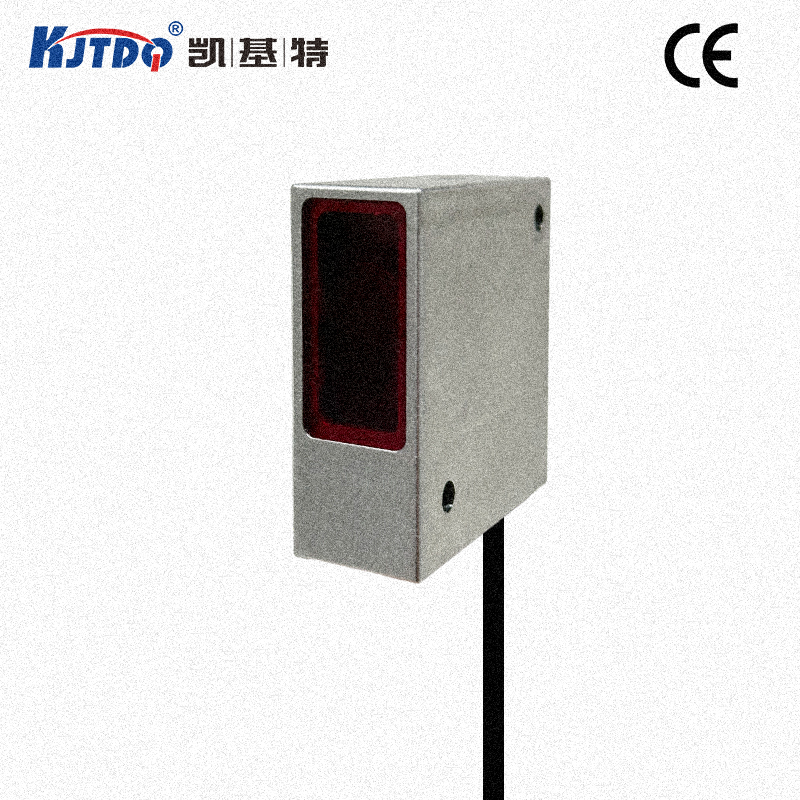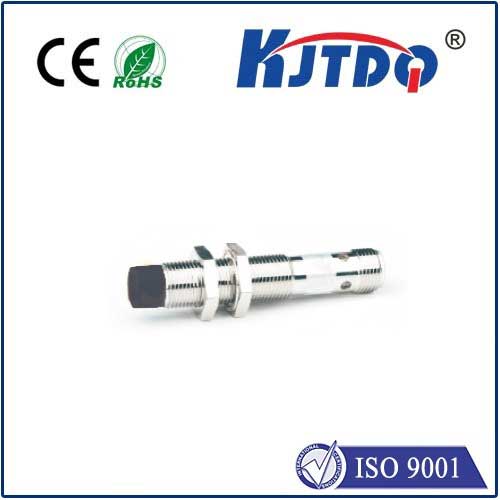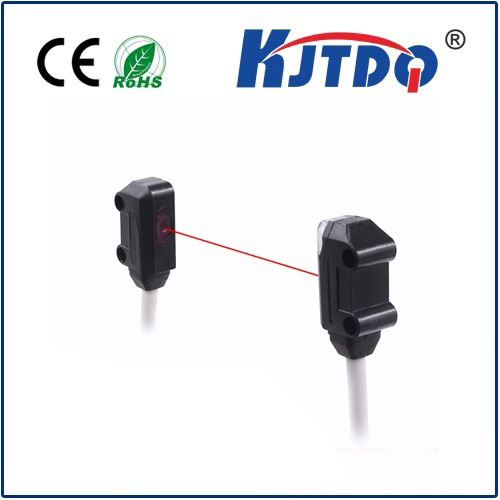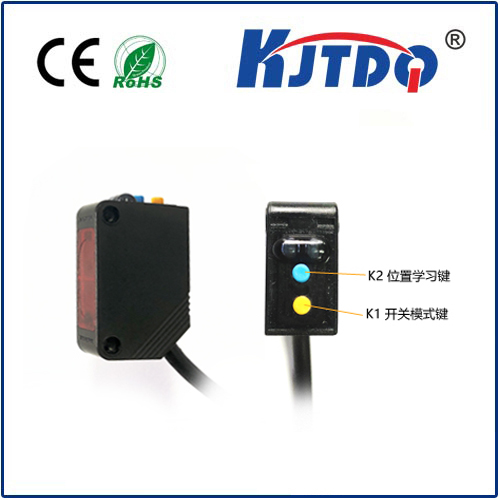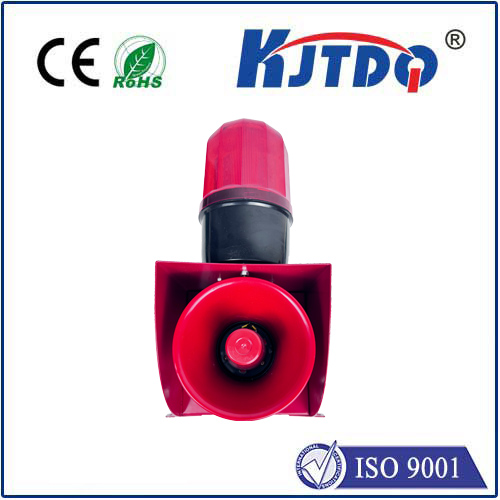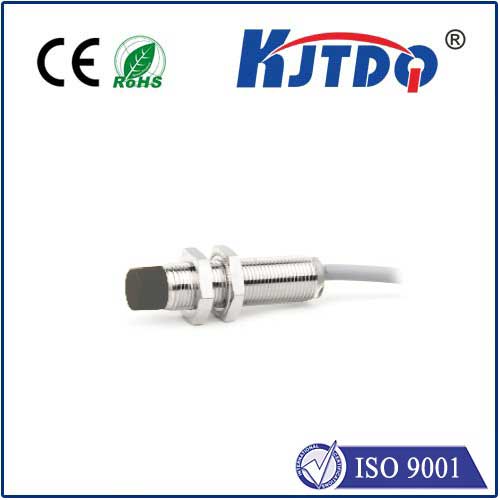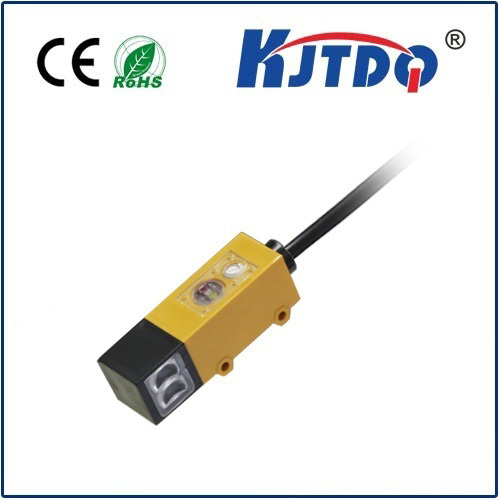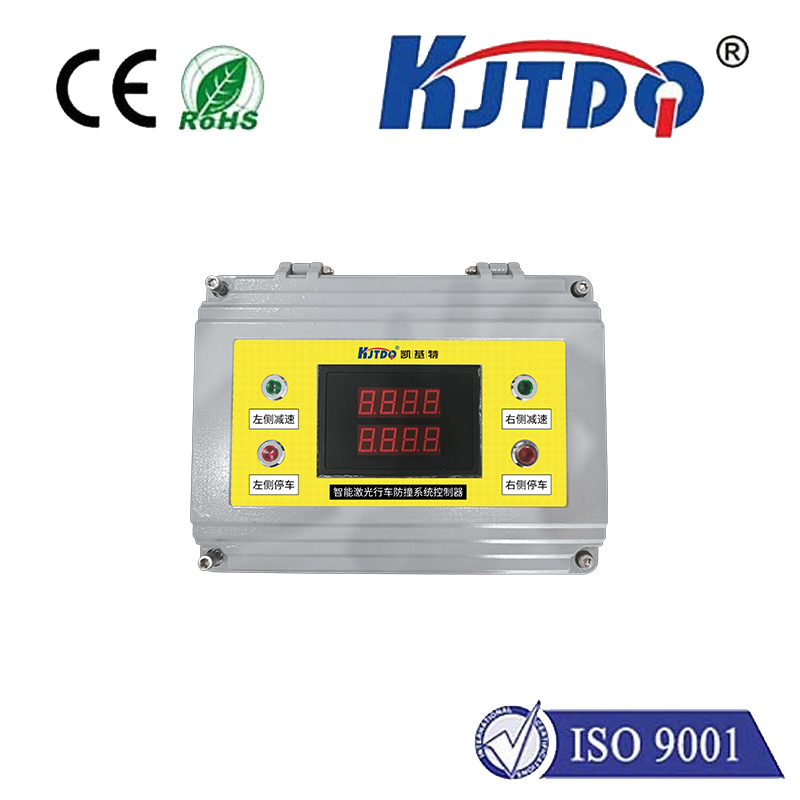
check

check

check

check
Title: Air Compressor Limit Switch: An Essential Component for Safe and Efficient Operation
Air compressors play a crucial role in various industrial and commercial applications, from powering pneumatic tools and equipment to providing air supply for manufacturing processes. However, these machines can pose significant safety risks if not properly designed and maintained, particularly when it comes to their limit switches. In this article, we will discuss the importance of air compressor limit switches and how they contribute to safe and efficient operation.
What is an Air Compressor Limit Switch?
A limit switch is a mechanical device that detects the position of a moving part within a machine or system. In the context of an air compressor, a limit switch is typically installed on the motor shaft or the valve train, which is responsible for controlling the flow of air into the compressor. When the motor rotation reaches a certain point (typically determined by the manufacturer), the limit switch will interrupt the electrical signal to the motor, causing it to stop spinning. This mechanism helps prevent damage to the compressor and its components, as well as ensures that the user is aware of any potential issues with the operation of the machine.
The Importance of Air Compressor Limit Switches
Limit switches play a critical role in ensuring safe and efficient operation of air compressors. Here are some key reasons why:
1. Safety: Limit switches help prevent damage to the compressor and its components by automatically stopping the motor when it reaches its maximum rotation speed. This prevents overheating, motor burnout, and other potential hazards caused by running the machine at high speeds for prolonged periods. Additionally, proper installation of limit switches can also prevent accidents caused by misoperation or tampering with the machine.
2. Maintenance: By monitoring the position of the motor shaft or valve train, limit switches allow operators to quickly identify any issues with the compressor's performance or mechanical condition. This information can be used to schedule regular maintenance tasks, such as oil changes, filter replacements, and inspections, to ensure optimal operating conditions and prolong the lifespan of the machine.
3. Cost-Effectiveness: Properly designed and maintained air compressors with effective limit switches can save users money in the long run by reducing downtime due to equipment failure or malfunction. By preventing costly repairs and replacements, limit switches help maximize productivity and minimize operational costs.
How to Choose the Right Air Compressor Limit Switch
When selecting a limit switch for your air compressor, there are several factors to consider, including:
* Type: There are different types of limit switches available, such as magnetic, electromechanical (ME), and pneumatic (PN). Each type has its own advantages and disadvantages based on specific application requirements. It is important to choose a type that is compatible with your compressor's design and operating conditions.
* Installation Position: The location of the limit switch relative to the motor or valve train will affect its effectiveness in detecting movement and preventing overload. Factors such as vibration, dust buildup, and temperature variations should be taken into account when selecting an appropriate mounting location.
* Amperage Draw: The amperage draw of the limit switch should be matched to the current capacity of your compressor's circuitry. Overloading the circuit can result in damage to both the limit switch and the compressor itself.
Conclusion: Ensuring proper operation of air compressors with effective limit switches is crucial for maintaining safety, maximizing efficiency, and reducing costs. By selecting the right type of limit switch and installing it correctly, you can help ensure long-lasting performance from your compressed air system while minimizing potential hazards and maintenance requirements.
